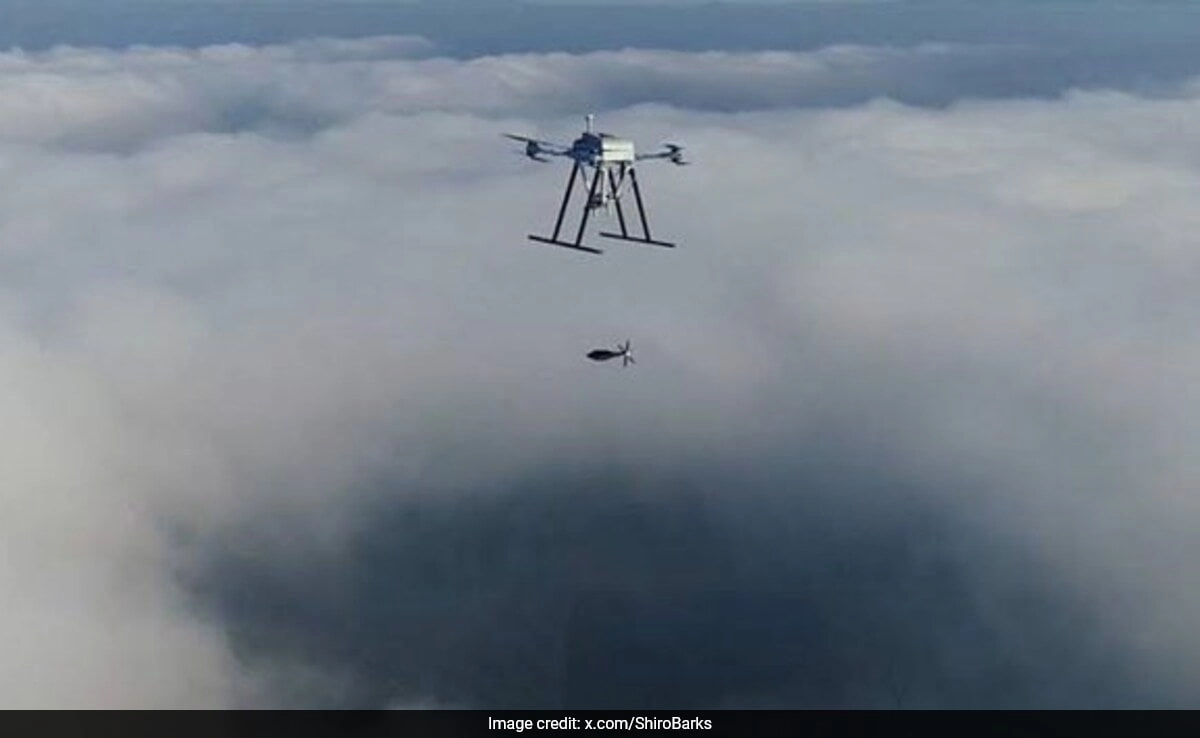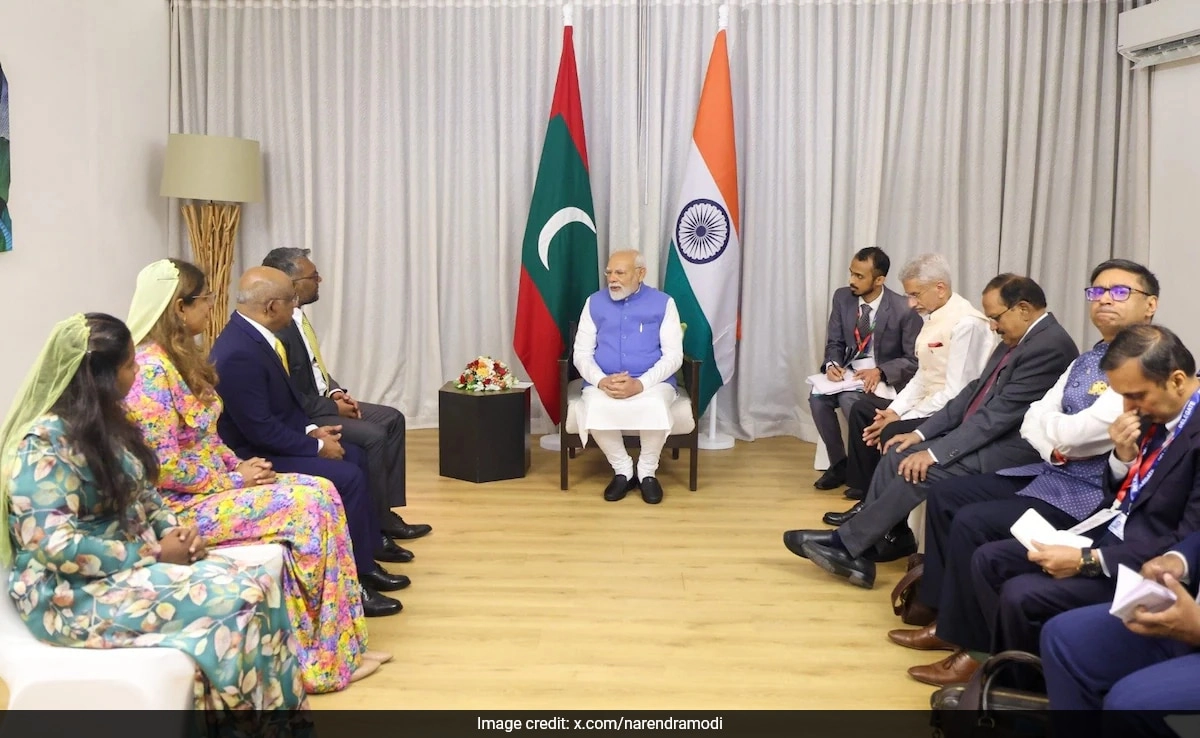A recent report has highlighted the growing concern regarding the use of drones from Pakistan to smuggle drugs into India, presenting a significant threat to the country’s internal security. This alarming trend has been observed in various regions along the India-Pakistan border, where these unmanned aerial vehicles are increasingly employed by smugglers to transport narcotics. The situation is exacerbated by the relative ease with which such drones can be operated and the challenges faced by Indian security forces in intercepting them. The influx of drugs not only poses a direct risk to public health but also undermines the social fabric of communities, leading to increased crime rates and destabilization in affected areas.
The report underscores that these drug-laden drones are often part of a larger network of organized crime, which is intricately linked to terrorism financing. The revenues generated from drug trafficking are believed to be funneled into various anti-national activities, thereby posing a dual threat to India’s security. Authorities note that the sophistication of these operations, coupled with the technological advancements in drone capabilities, has made it increasingly difficult to curb the menace. The cross-border nature of this issue requires a coordinated response that encompasses not only law enforcement but also intelligence-sharing and strategic planning at multiple levels.
To combat this growing threat, Indian security forces are being urged to enhance their surveillance and response mechanisms along the border. This may involve deploying advanced technologies, including radar systems and drone detection units, to identify and neutralize incoming threats before they can deliver their illicit cargo. Additionally, there is a pressing need for greater collaboration between various agencies, including customs and border security, to address the multifaceted challenges posed by drug trafficking and its connection to organized crime.
The implications of this issue extend beyond mere drug smuggling; they touch upon public safety, national security, and the integrity of Indian society. As the situation evolves, it is imperative for policymakers to not only focus on immediate responses but also to develop long-term strategies that address the root causes of drug addiction and trafficking. By investing in community education and rehabilitation programs, India can work towards reducing the demand for drugs while simultaneously strengthening its defenses against the threats posed by these aerial operations. Ultimately, a comprehensive approach that encompasses prevention, enforcement, and community engagement may be the key to mitigating the risks associated with drug-laden drones and ensuring a safer future for the nation.




